A Fresh Look at Retirement Withdrawal Rules
Due to a series of recent changes, and the possibility of future modifications, many people are understandably confused about the withdrawal rules on retirement accounts.
Your RMD is the minimum amount you must withdraw from your account each year. You are generally required to start making withdrawals from your IRA, Simplified Employee Pension IRA, Savings Incentive Match Plan for Employees IRA, or retirement plan account when you reach age 72. Roth IRAs do not require withdrawals until after the death of the owner.
The IRS also notes that:
- You can withdraw more than the minimum required amount.
- Your withdrawals will be included in your taxable income, except for any part that was taxed before (your basis) or that can be received tax-free (such as qualified distributions from designated Roth accounts).
The SECURE (Setting Every Community Up for Retirement Enhancement) Act, which became law on Dec. 20, 2019, made major changes to the required minimum distribution rules. If you reached the age of 70½ in 2019, the prior rule applies to you, and your first RMD was due by April 1, 2020. If you reached or will reach age 70½ in 2020 or later, you must take your first RMD by April 1 of the year after you reach the age of 72.
For defined contribution plan participants or IRA owners who die after Dec. 31, 2019 (with a delayed effective date for certain collectively bargained plans), the SECURE Act requires that the entire balance of the participant’s account be distributed within 10 years. There is an exception for a surviving spouse, a child who has not reached the age of majority, a disabled or chronically ill person, or a person not more than 10 years younger than the employee or IRA account owner. The new 10-year rule applies regardless of whether the participant dies before, on, or after the required beginning date.
On the horizon
There is legislation in Congress to raise the RMD age again, from 72 to 75, in graduate stages. For those who can afford to wait, that means more time to let their money grow. But, it’s also been noted that this approach may lead to higher tax bills, as more money has to be withdrawn over a shorter period of time.
Some advisers are suggesting that retirees, at some point when they find themselves temporarily in a lower tax bracket, convert their IRAs into Roth IRAs. They will have to pay taxes, but they may be lower now than they could be later.
Whether you have set up or inherited a retirement account, you’ll want to plan well in advance and consult with a financial professional to make sure you’re following the most current rules affecting your account(s).

